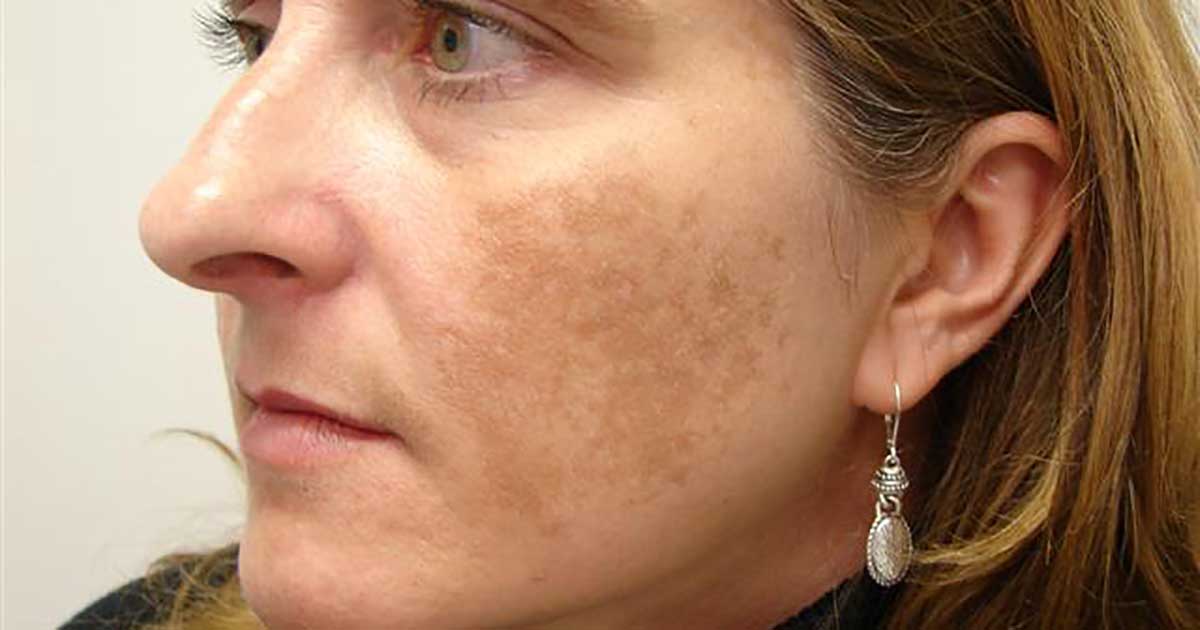What Exactly is Melasma?
Melasma sounds a lot more terrifying than it is, which is a widespread skin condition that presents itself primarily on the face. Melasma can be gray or gray-brown patches of skin that occur commonly on the nose, cheeks, and forehead, but it is not uncommon in any area of the face. Some notice that melasma appears on their arms and neck if they spend ample time in the sun. Although melasma is not a deadly health problem, it is still rather difficult to live with. Understanding the causes of melasma is the first step to proper diagnosis and treatment.
What Causes Melasma?

Melasma is not the result of anything specific that medical professionals have discovered at this time. In most instances, it seems to occur in people who have too much pigment in their melanocytes - the cells in the skin that determine the color of the skin. If they produce too much color in specific areas, an individual might notice the onset of melasma on their skin. What causes these cells to produce too much pigment is as still unknown, but it does seem more common in areas that are exposed to sunlight more frequently than others. This is why the condition most commonly affects the face, arms, and neck in most people living with melasma.
